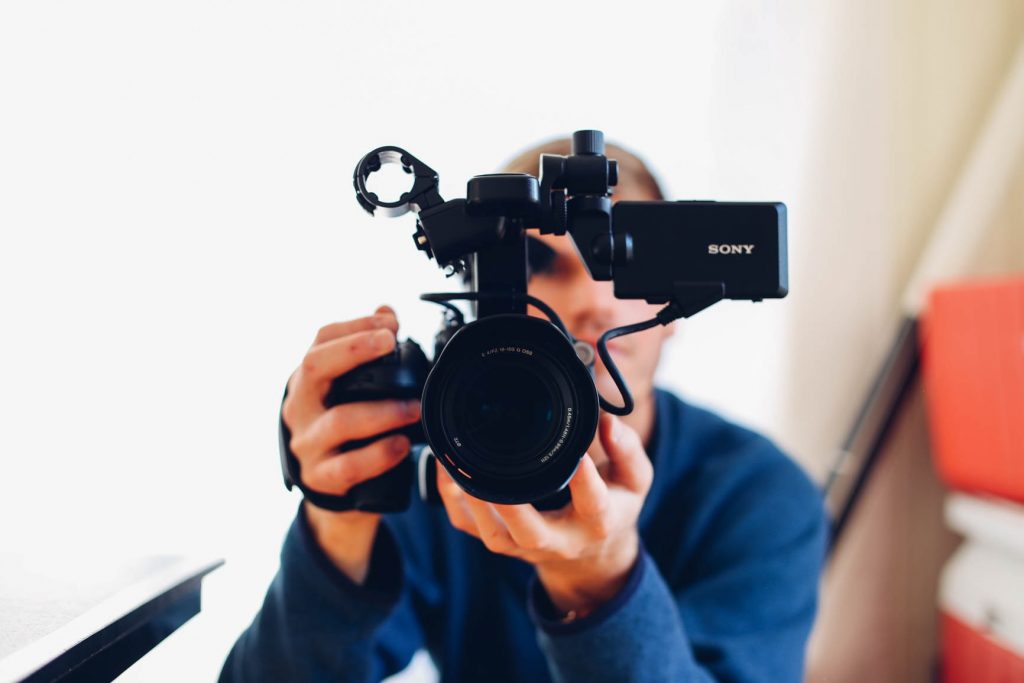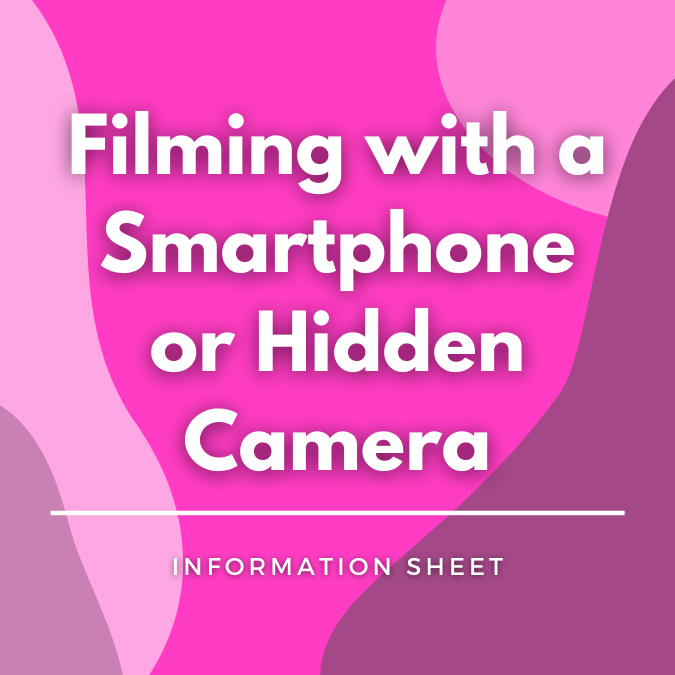Pitfalls and Prizes for video artists

Since the beginning of the COVID-19 pandemic, artists of all stripes have lost income and opportunities to share their work with the public. For many artists, this has led them to enter prizes and competitions, many of which have continued in an altered form during the pandemic in Australia. The Archibald Prize, for example, saw 1,068 entrants – an all-time record brought about because of the delay in the competition due to COVID-19.
The surge in entrants to many prizes nationally presents a unique difficulty for video, digital and new media artists, especially when competing against painters, sculptors and photographers. With limited time in which to assess hundreds of works, judges often have to make swift assessments to develop a shortlist from which to select the winners. This poses an immediate disadvantage for duration-based works, as there is a high likelihood they will not be viewed in full due to these limitations.
At the same time, several major video art prizes in Australia have not been staged in recent years. From 2004 to 2013, the Art Gallery of New South Wales, Sydney, hosted the invitation-only, biennial Anne Landa award for video and new media arts, which had a first prize of $25,000. But the award was not offered in 2015, and has been unceremoniously removed from the arts calendar. Similarly, the National Portrait Gallery, Canberra, staged the Digital Portraiture Award – a $10,000 annual competition with an associated residency at The Edge, State Library of Queensland – which ran from 2012-17, but not since.
This has left video and other duration-based artists little choice but to enter their works alongside artworks in other media, but there remains lingering concerns for these artists about whether their work will be considered fairly. Will the video be watched by the judges in full? Or will it be watched at all?
One video artist Arts Law spoke to was concerned when she ran the analytics for a video entry she made to an art prize by uploading it to Vimeo. The analytics showed that it had not been viewed by the competition organisers or the judges. After contacting the organisers, the artist was told that the view count may have been masked by the prize’s use of Award Force, software made specifically for prize, scholarship and award organisers. The artist then contacted both Vimeo and Award Force and was told that this should not have obstructed the analytics and, in their view, the entry was never viewed.
These analytic functions on video uploading sites are useful tools for artists to keep tabs on the level of engagement their work has received from competition organisers. These analytics often include data on the percentage of a video that was viewed as well as an overall view count, which can give clarity on whether a particular work was seen by judges and how thoroughly it was considered. By keeping a separate account for prize and competition entries, and by ensuring that uploads are only accessible by the competition organisers, it may be possible for artists to get a clear picture of whether they were treated fairly. Of course, these analytics are no guarantee of fairness or of the judges’ attention – but they do go some way to giving video artists some agency over their entries.
If you are a video, digital, new media or duration-based artist who has had similar experiences, Arts Law would like to hear from you. We can provide reviews of competition terms and conditions or answer any questions relating to your work and practice. If you are a prize organiser where video works are accepted as entrants, Arts Law can help advise you on whether your terms are fair for these artists and what could be improved to meet best practice.




